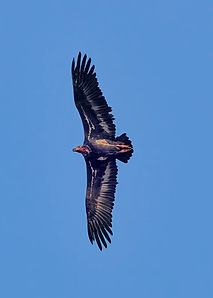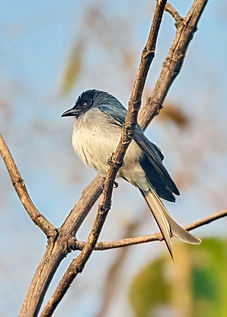
Panna Reserve Forest
A Scenic Tapestry
Panna is a visual masterpiece—gently rolling hills, plateaus, gorges, and dense teak forests shaped by the lifeblood of the park, the Ken River. This perennial river carves through the reserve, creating deep ravines and spectacular waterfalls such as the famous Pandav Falls and Raneh Falls. These natural features not only support wildlife but also captivate every visitor with their untouched beauty. The reserve is part of the Khajuraho-Panna landscape, combining nature with culture for a truly unique safari experience.
Flora
The forest here is classified as dry deciduous, dominated by teak (Tectona grandis), tendu, mahua, palash, and crocodile bark (kumbhi). The ground is carpeted with grasses and bamboo, especially in the Ken River valley, which nurtures both herbivores and large predators. The landscape transitions from thick forests to open grasslands, providing a balanced and biodiverse environment for a wide range of species.
Fauna
Despite its tumultuous past, Panna has emerged as a stronghold for tigers in Central India. The park is now home to over 50 tigers, including cubs—a testament to its ongoing conservation success. Besides the majestic big cats, visitors can encounter Indian leopards, sloth bears, rusty-spotted cats, striped hyenas, and Indian wolves. Large herds of chital, sambar, and nilgai are commonly seen grazing near meadows and waterholes, while troops of langurs and rhesus macaques add life to the treetops.
Avifauna
Panna is also a paradise for birdwatchers, boasting over 200 species of birds.
The Ken River banks echo with the calls of Indian vultures, bar-headed geese,
and grey hornbills. Raptors such as the crested serpent eagle, honey buzzard,
and white-rumped vulture patrol the skies. Colorful residents like the
Indian paradise flycatcher, plum-headed parakeet, and white-throated kingfisher
add a splash of brilliance to the forest canopy.
Reptiles like Indian rock pythons, monitor lizards, and mugger crocodiles are
often seen near the riverbanks, especially in the warmer months.
Immersive Experiences
Panna offers more than just jeep safaris—it offers a chance to witness nature's resilience firsthand. Visitors can explore the park through morning and evening game drives in zones like Madla and Hinouta. For those seeking serenity, a boat ride on the Ken River provides a different perspective of the forest and its aquatic life. Guided nature walks and visits to nearby tribal villages further enrich the experience. The reserve’s proximity to the UNESCO World Heritage site of Khajuraho also allows for a unique cultural-wildlife travel circuit.
Why You Must Visit Panna Tiger Reserve
Panna is not just a destination—it is a story of revival, passion, and coexistence. For wildlife photographers, conservationists, and curious travelers, it offers a raw, soulful, and thrilling experience. Whether it’s tracking a tiger’s pugmark, watching vultures soar against the backdrop of waterfalls, or simply breathing in the silence of ancient teak forests, every moment in Panna is unforgettable.
With Wildlife Wanderer India as your trusted guide, step into this living legend of Indian conservation. Panna awaits—with its roaring tigers, whispering woods, and a tale that must be seen to be believed.
Hidden in the Vindhya mountain ranges of Madhya Pradesh, Panna Tiger Reserve is one of India’s most inspirational stories of wildlife revival. Spanning over 542.67 square kilometers of core area and an additional 1,021.97 square kilometers of buffer, Panna is a land of dramatic cliffs, serene waterfalls, and rich biodiversity. From near extinction of its tiger population in the early 2000s to becoming a model of successful tiger reintroduction, Panna stands today as a beacon of hope and resilience in India’s conservation landscape.





